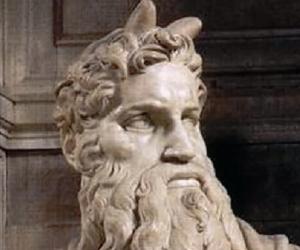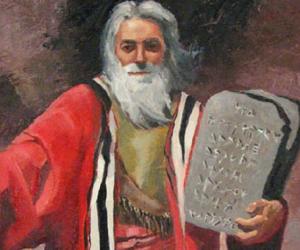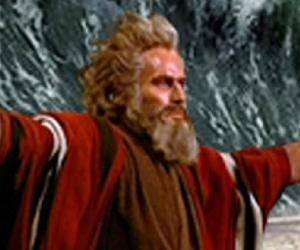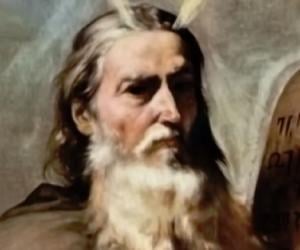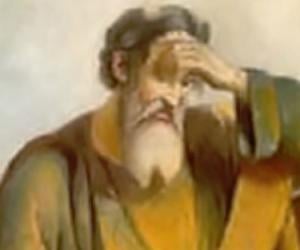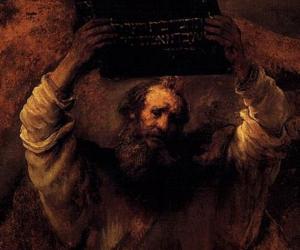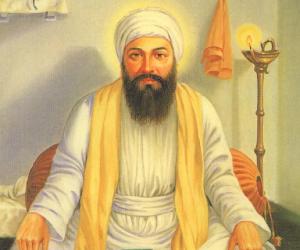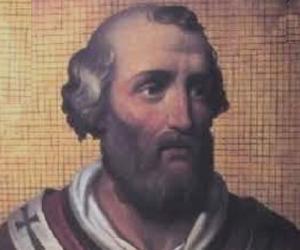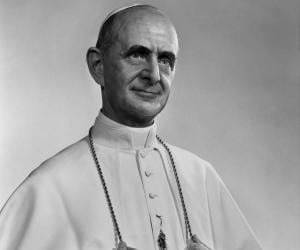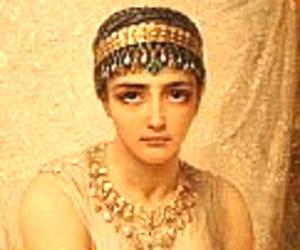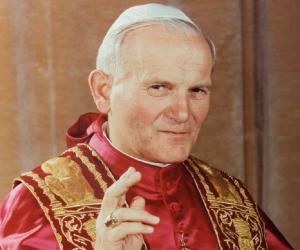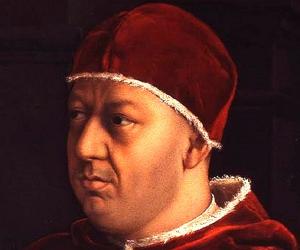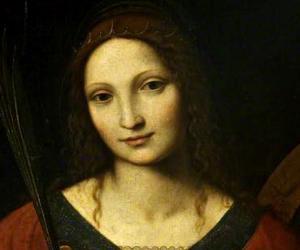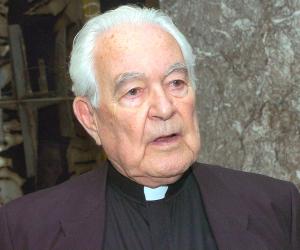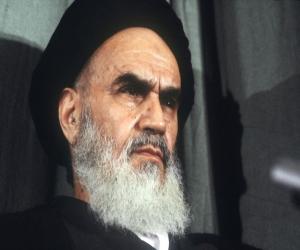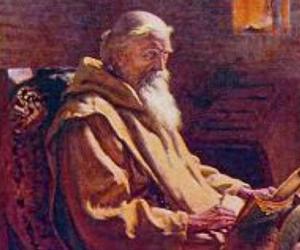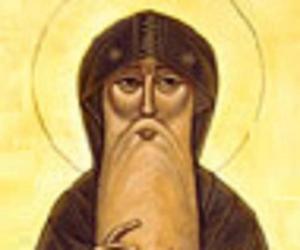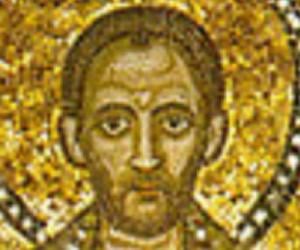Born In: Land of Goshen, Ancient Egypt
Moses
Moses, famed as the ‘Law Giver of Israel’, was born towards the end of fourteenth century BCE in Egypt. Considered a prophet by all Abrahamic religions, he has a special place in Judaism, where he is referred as Moshe Rabbenu or ‘Moses our Teacher’. Born into a family of Hebrew slaves, he was raised in the Egyptian royal household as the son of a princess, receiving the best education. Later, he came to know about his origin and fled to the desert of present day Arabian Peninsula after killing an Egyptian slave master. There God revealed Himself to him and told him to deliver His chosen people and take them to the Promised Land. He, therefore, returned to Egypt and led an ever-complaining horde of ex-slaves out of Egypt into the desert of Arabian Peninsula. There, at the Sinai Mountain, he received the Ten Commandments from the Lord. He later instituted number of laws and customs, based on the Commandments, thus forming the basis of Hebrew culture. Once his task was done, he handed over his responsibilities to Joshua and went up the Mount Nebo, where he breathed his last.
